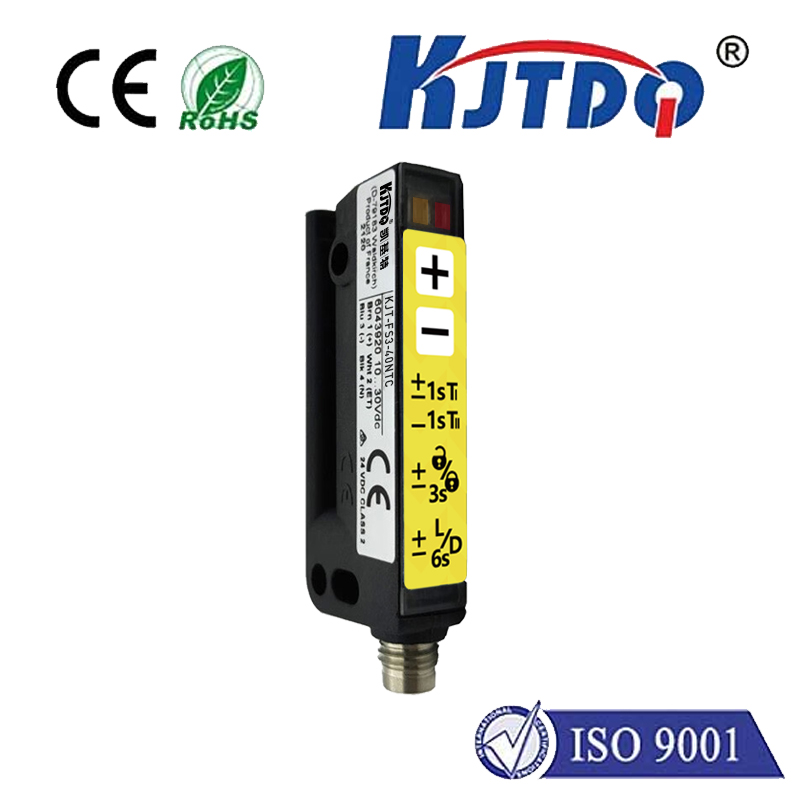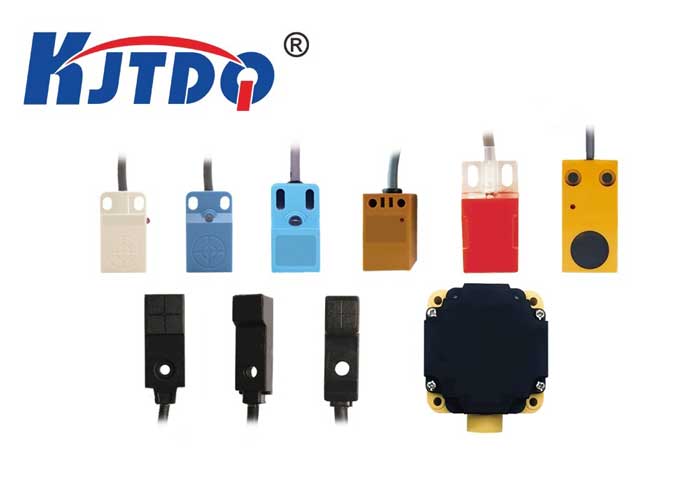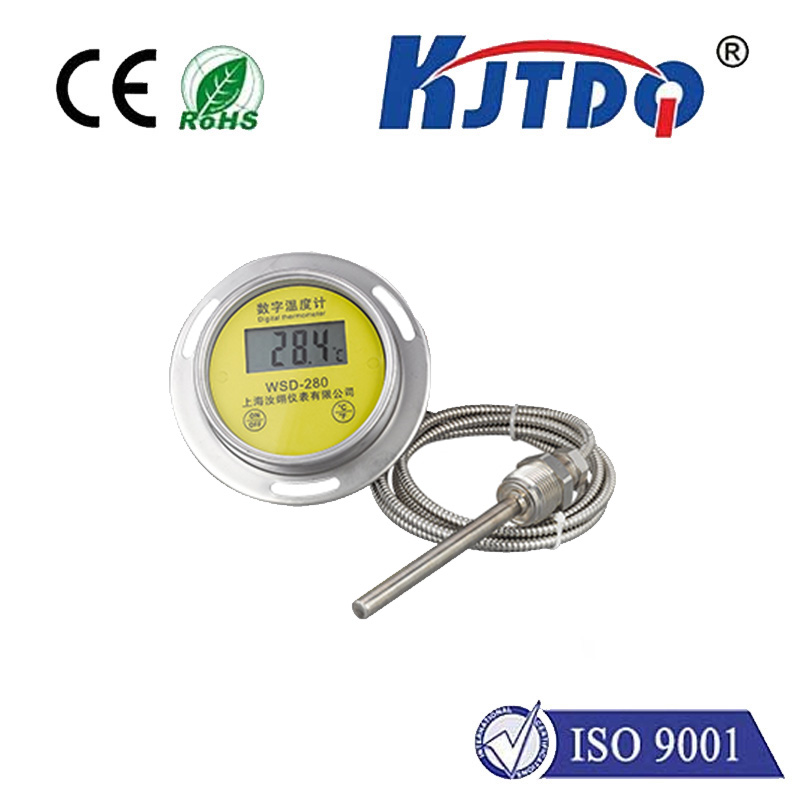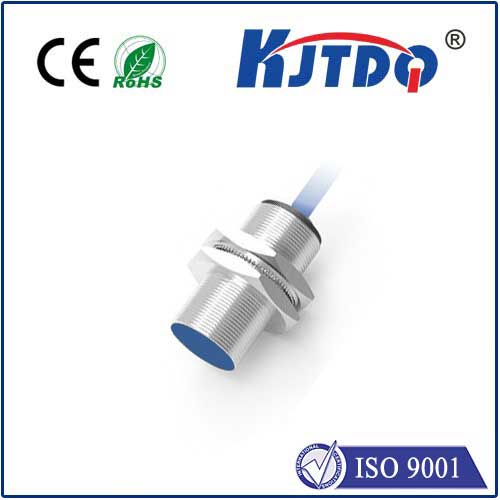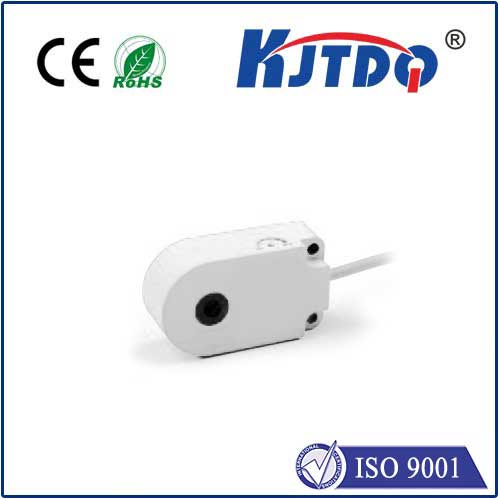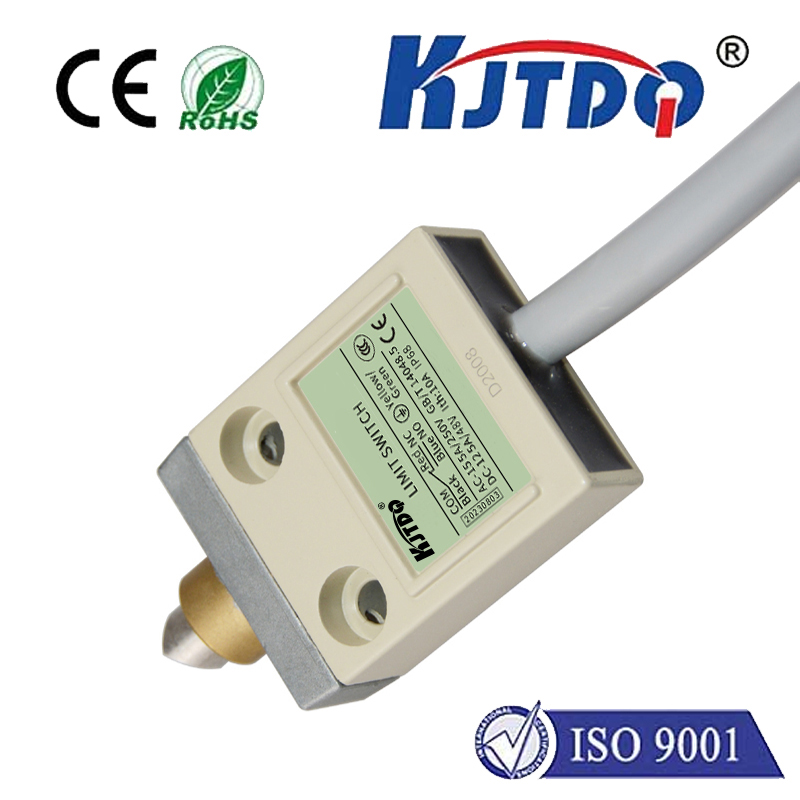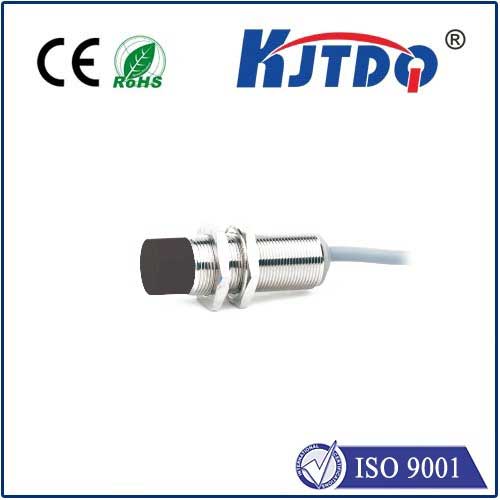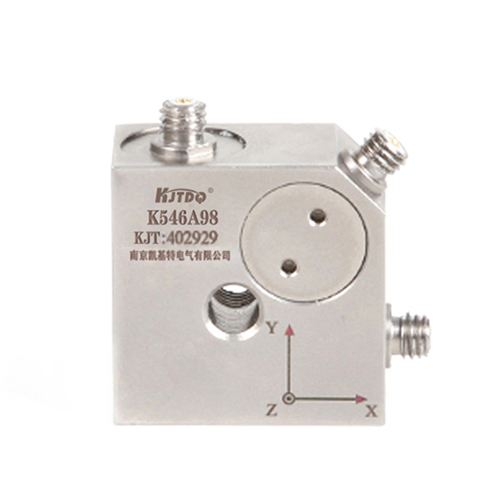
Проверка

Проверка

Проверка

Проверка

Проверка

Проверка
Imagine technology that sees the invisible, measures the immeasurable, and triggers actions at the speed of light. This isn’t science fiction; it’s the everyday reality powered by laser photodiode sensors. These compact, sophisticated devices sit at the heart of countless systems, silently translating fleeting photons into precise electrical signals that drive innovation across industries. From ensuring your smartphone screen’s brightness adapts perfectly to scanning groceries at lightning speed, these sensors are the unsung heroes of the optical sensing revolution.
So, what exactly is a laser photodiode sensor? At its core, it’s a specialized photodetector designed explicitly to receive and interpret light emitted from a laser source. It combines the focused, coherent power of laser light with the sensitive conversion capabilities of a photodiode. The photodiode itself is a semiconductor device that generates an electrical current or voltage when exposed to light, operating on the fundamental photoelectric effect. When paired strategically with a laser emitter, this duo forms a powerful sensing system characterized by unparalleled precision, speed, and reliability.
The magic happens deep within the photodiode’s structure. When photons (light particles) from the laser strike the photodiode’s sensitive area (depletion region within the semiconductor junction), they transfer their energy to electrons. If a photon’s energy exceeds the semiconductor’s bandgap energy, it knocks an electron loose, creating an electron-hole pair. An internal electric field within the depletion region then sweeps these charge carriers apart, generating a measurable photocurrent directly proportional to the incident light intensity. This conversion from light intensity to electrical signal is the sensor’s foundational principle.

Laser photodiode sensors come in various configurations tailored to specific needs:
The unique synergy between the coherent laser source and the responsive photodiode unlocks a vast array of critical applications:
Why choose a laser photodiode sensor over other optical detectors? Several key advantages drive their widespread adoption:
Implementing these sensors effectively requires careful consideration. Precise optical alignment between the laser source and the photodiode is critical. Ambient light interference must often be mitigated, sometimes through modulation of the laser source and synchronous detection. Thermal management can be crucial for stable APD operation. Signal conditioning circuitry (transimpedance amplifiers) is essential to convert the small photocurrent into a usable voltage signal while managing noise. Selecting the right sensor type (PIN, APD, SPAD) based on required sensitivity, speed, and cost is paramount.
The evolution of laser photodiode sensor technology continues. Advancements focus on higher speeds for next-generation communications, improved sensitivity and reduced noise for quantum applications, smaller footprints for portable devices, and reduced manufacturing costs. Integration with micro-optics and on-chip signal processing is also a key trend, enabling smarter, more self-contained modules.
From the factory floor to the depths of scientific exploration, laser photodiode sensors provide the critical link between the world of light and the realm of actionable electronic data. Their ability to harness the unique properties of laser light with the solid-state reliability of semiconductor photodiodes makes them indispensable tools for engineers, scientists, and innovators pushing the boundaries of detection and measurement. Understanding their principles, types, strengths, and applications is fundamental to leveraging their power in building the technologies of tomorrow.

